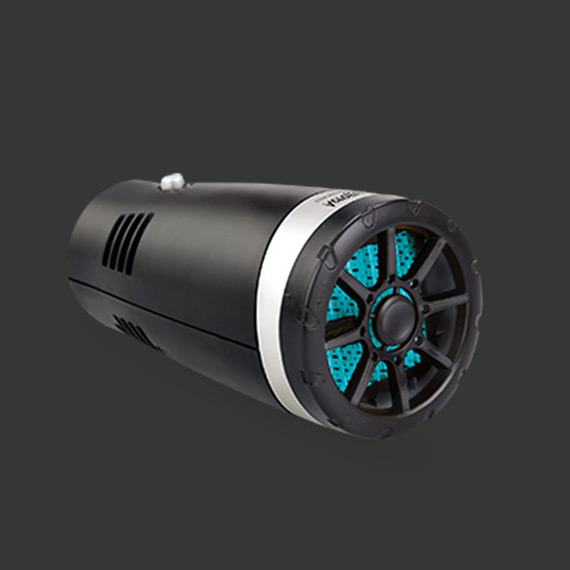derailleur gear cable
Understanding Derailleur Gear Cabling in Bicycles
When it comes to cycling, the derailleur gear system is a crucial component that allows riders to shift gears smoothly, adapting to different terrains and riding conditions. The efficiency and reliability of this system largely depend on the performance of the derailleur gear cable. In this article, we will delve into the importance, function, and maintenance of derailleur gear cables.
At the core of the derailleur system are two primary components the derailleur itself and the gear cables. The derailleur is the mechanism that moves the chain between different gears on the cassette and chainrings, while the gear cables are responsible for transmitting the rider's input from the shifters to the derailleur. When a cyclist presses the shifter, it pulls or releases the cable, prompting the derailleur to move and change gears.
The quality of derailleur gear cables can significantly impact shifting performance. High-quality cables have low friction and are often coated to minimize wear and enhance durability. Over time, cables can become frayed or dirty, leading to sluggish shifting or, worse, complete failure. For optimal performance, regular inspection and replacement of these cables are essential.
derailleur gear cable

One common issue cyclists face is cable stretching. New cables typically stretch over time, which can lead to poor shifting accuracy as they become less responsive. Regular tuning of the derailleur system, which includes adjusting cable tension, is necessary to maintain smooth and precise gear shifts. This can often be achieved through simple adjustments on the barrel adjuster located on the shifter or derailleur.
In addition to cable quality and tension, the installation of the cable plays a pivotal role in shifting performance. Cables should be routed correctly to avoid sharp bends and friction points, which can hinder performance. It’s also advisable to use proper housing for the cables; using high-end or sealed housing can provide better protection against dirt, moisture, and other environmental factors that could compromise performance.
Beyond maintenance, understanding the type of cable best suited for your riding style and bike type is vital. For instance, some cables are designed for mountain biking, offering better performance in rugged conditions, while others cater to road cycling, emphasizing lightweight and aerodynamics.
In conclusion, derailleur gear cables may be a small part of a bicycle's overall system, but their significance in ensuring seamless gear shifts cannot be overstated. Regular maintenance, timely replacement, and proper installation can lead to an enhanced cycling experience, allowing riders to conquer any terrain with confidence. Whether you are a casual cyclist or a professional, paying attention to your derailleur gear cables is an investment in both performance and safety.
-
Upgrade Your Vehicle with High-Quality Handbrake CablesNewsNov.01,2024
-
Optimize Your Bike's Performance with Quality CablesNewsNov.01,2024
-
Enhance Your Vehicle's Performance with Quality Clutch ComponentsNewsNov.01,2024
-
Elevate Your Vehicle's Performance with Quality Throttle CablesNewsNov.01,2024
-
Elevate Your Vehicle's Performance with Quality CablesNewsNov.01,2024
-
Affordable Solutions for Your Cable NeedsNewsNov.01,2024
